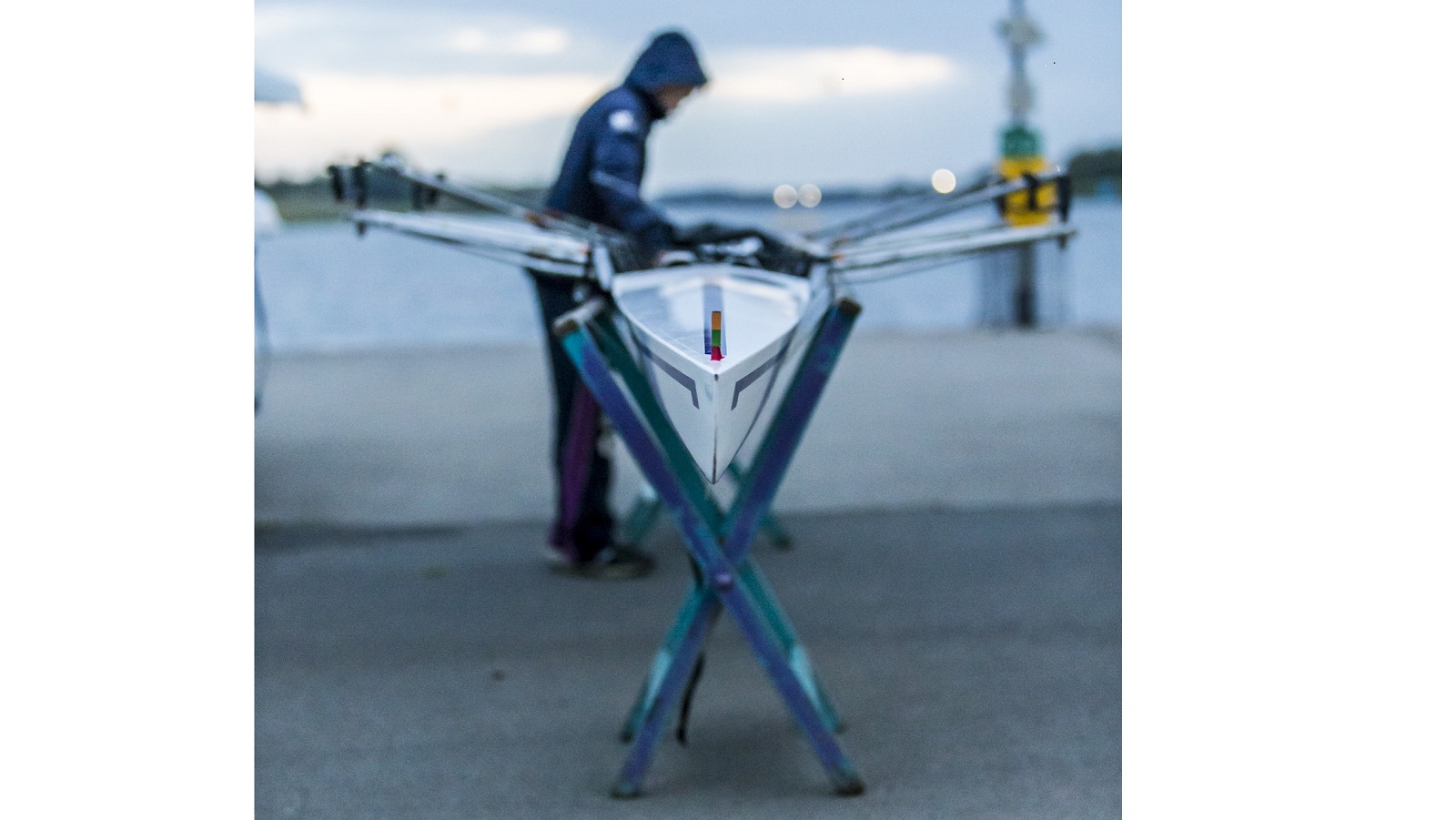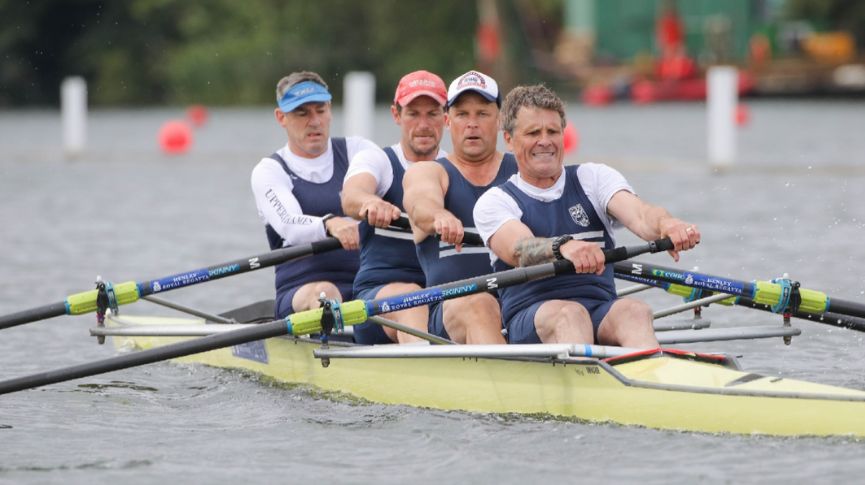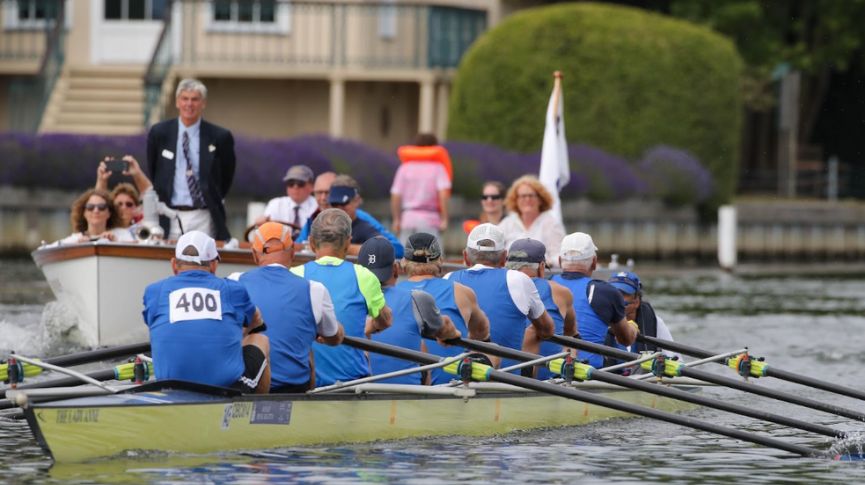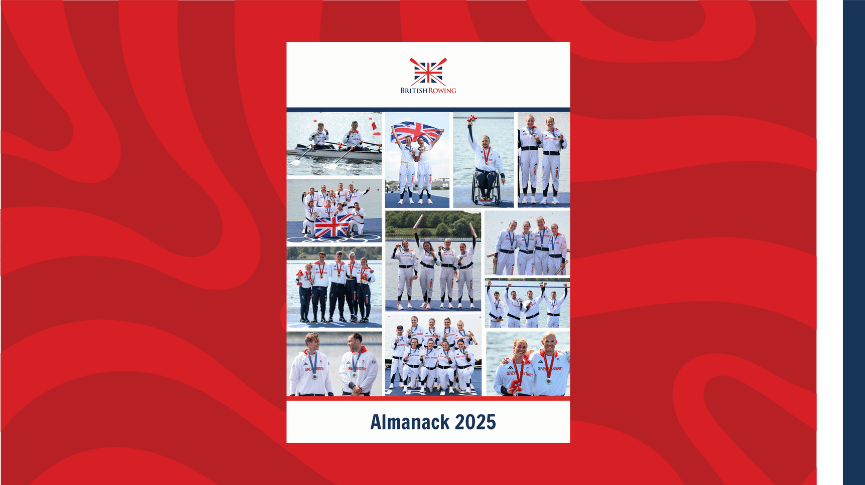Safety Alert – Check Your Boat Before You Go Afloat

There have recently been reports from umpires stating that many boats had safety faults at events. Many of these related to inadequate or badly adjusted heel restraints.
It does not matter whether a boat is about to be used in competition or in a normal club outing, it is important that it is in good condition each time it is used. The only way to tell is to check them every time they are used.
Boats should be checked each time before they go afloat; many coaches teach their rowers to do this. A thorough boat and equipment check includes the following:
- No visible signs of damage to the hull, for example scrapes or cracks.
- Buoyancy compartments, seals, hatch covers, boat hull and ventilation bungs are secure and watertight. Buoyancy Bags should be installed if no under seat buoyancy compartments are fitted.
- Bow ball is in good condition and securely fixed (Some boats may not need bow balls if their bow is not pointed or they are made from a soft material. This is specified in the 2016 rules of racing).
- Fixing screws or bolts do not represent a hazard in the event of an accident.
- Heel restraints are strong secure and durable and the correct length. They must be properly adjusted (each heel shall be restrained to prevented it from rising higher than 7cm measured at right angles, from the footplate) and in working order..*
- Rudder lines, steering mechanisms and rudder (where fitted) and fin, are secure and in good working order.
- Outriggers, swivels, gates, seats, runners and stretchers are secure and operating correctly.
- Blades are undamaged and buttons are secure and properly set.
- The boat is suitable for the situation in which it is to be used, for example maximum crew weight.
- Lighting, if required, is suitable for the outing and working correctly.
Any boat or equipment that is found not to be satisfactory should be quarantined, with the nature of the damage clearly marked, and to ensure that it is not used. It is also important to ensure that any damage is repaired before the boat or equipment is used again.
Do not assume that everything is OK, check it for yourself.
Stephen Worley
Honorary Rowing Safety Advisor
[email protected]
* The information on heel restraints is taken from the 2016 Rules of Racing. These are still subject to the approval of Council.







